Contents
Guide
North American Edition
Copyright 2005, 2016 text AG&G Books
Copyright 2005, 2016 illustrations and photographs IMM Lifestyle Books
Copyright 2005, 2016 IMM Lifestyle Books This book may not be reproduced, either in part or in its entirety, in any form, by any means, without written permission from the publisher, with the exception of brief excerpts for purposes of radio, television, or published review. All rights, including the right of translation, are reserved. Note: Be sure to familiarize yourself with manufacturers instructions for tools, equipment, and materials before beginning a project. Although all possible measures have been taken to ensure the accuracy of the material presented, neither the author nor the publisher is liable in case of misinterpretation of directions, misapplication, or typographical error. Creative Homeowner is a registered trademark of New Design Originals Corporation.
Designed and created for IMM Lifestyle Books by AG&G Books. eISBN: 978-1-60765-213-7 Creative Homeowner,
www.creativehomeowner.com, is distributed exclusively in North America by Fox Chapel Publishing Company, Inc., 800-457-9112, 1970 Broad Street, East Petersburg, PA 17520.
Contents


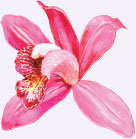
Authors foreword
Orchids are often thought to be difficult to grow and almost impossible for indoor cultivation.
Contents



Authors foreword
Orchids are often thought to be difficult to grow and almost impossible for indoor cultivation.
In earlier years this was probably accurate, but nowadays it is possible for anyone to grow orchids indoors. However, the major part of such success is in choosing suitable plants. Increasingly, garden centres as well as specialist nurseries sell orchids that are suitable for growing indoors, perhaps on windowsills, tables and in display cabinets. Before creating your own indoor collection, however, it is well worth visiting a few nurseries to see the range of orchids they offer and to make a note of the ones that especially appeal to you. Orchids can also be grown in greenhouses and heated conservatories, and for this purpose there is an even wider range of suitable plants. Wherever you grow them, their delicate, intricate, colourful and often wax-like nature will enthral you.
The orchid family is one of the largest in the plant kingdom, including nearly 800 different genera, more than 25,000 species and in excess of 100,000 man-made hybrids, with many further ones being introduced each year. There are orchids to please just about everyones taste. This thoroughly practical, all-colour book guides readers through the plant selection process and the special growing techniques required by orchids, as well as providing an insight into the vast range of orchids that are currently available for growing both indoors and in greenhouses or conservatories.
About the Authors
David Squire has a lifetimes experience with plants, both cultivated and native types. Throughout his gardening and journalistic careers, David has written more than 80 books on plants and gardening, including 14 books in this Specialist Guide series.
 SPECIALIST NURSERIES
SPECIALIST NURSERIES Orchid nurseries often specialize in certain types of orchids.
 SPECIALIST NURSERIES
SPECIALIST NURSERIES Orchid nurseries often specialize in certain types of orchids.
Some concentrate on species orchids, and others on hybrids of selected genera. A glance through a nursery catalogue or, perhaps, a scroll through relevant websites on the internet will soon give you an idea of their speciality and range of plants. Do not be deterred from buying from overseas nurseries many have excellent distribution arrangements as well as agents acting for them in various countries. From botanical specimens to decorative features In earlier years, orchids were considered to be colourful, exciting and, perhaps, novel plants that mainly interested botanists. Nowadays, this has radically changed, and suitable ones compete with houseplants as room decorations.
What are orchids?
T here are two basic types of orchid.
Terrestrial orchids grow at ground level and are rooted in soil.
Terrestrial orchids grow at ground level and are rooted in soil.
The other type is epiphytic and these grow on trees and shrubs. A few epiphytic orchids grow on debris on rocks, and these are called lithophytes. Epiphytic orchids are not parasitical and use their host solely for support and anchorage. They grow in dead plant debris which collects in the angles of branches and provides moisture and nourishment. Are there many types of orchid?
THE ORCHID FAMILY
Orchids are perennial plants and live from one year to another. Some are herbaceous (their foliage dies down in winter), while others are evergreen.
Epiphytic orchids have showier and more flamboyant flowers than terrestrial types, and invariably these are the ones that are primarily grown indoors, as well as in greenhouses and conservatories. The flowers of terrestrial types are less dramatic but nevertheless equally captivating. The range of orchids is wide but usually restricted to those that can be relatively easily grown. These include Cattleyas, Coelogynes, Cymbidiums, Dendrobiums, Laelias, Lycastes, Miltonias, Odontoglossums, Oncidiums, Paphiopedilums, Phalaenopsis, Pleiones, Stanhopeas, Vandas, Vuylstekearas and Zygopetalums. Members of these families as well as others are described and featured on .  Dendrobium draconsis belongs to a large and varied genus of orchids.
Dendrobium draconsis belongs to a large and varied genus of orchids.
A number of the species are cultivated, as well as a wide range of colourful and distinctive hybrids. Thunia Gattonense, a well-established epiphytic orchid, has beautiful foliage as well as large and distinctive flowers in summer.
Thunia Gattonense, a well-established epiphytic orchid, has beautiful foliage as well as large and distinctive flowers in summer.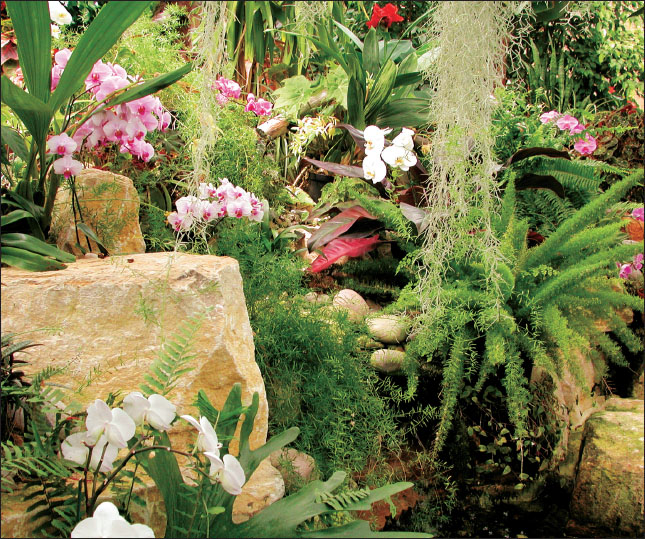


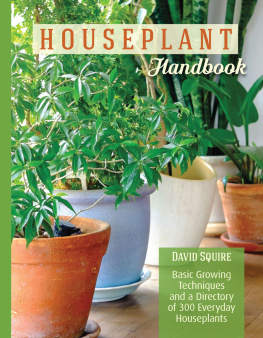
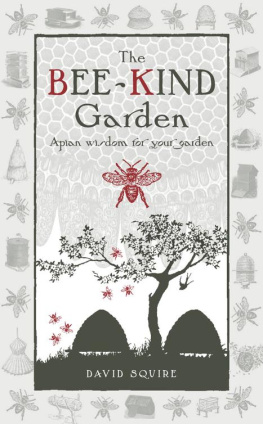

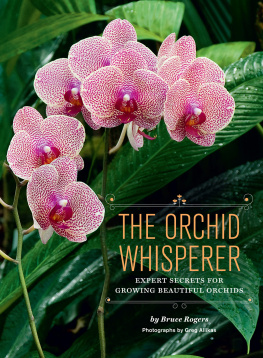
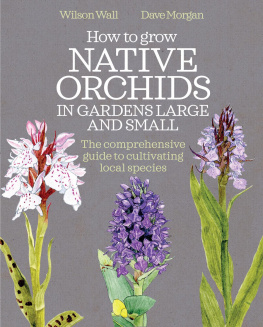
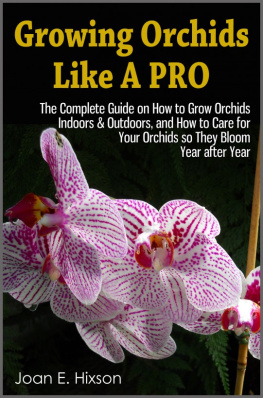
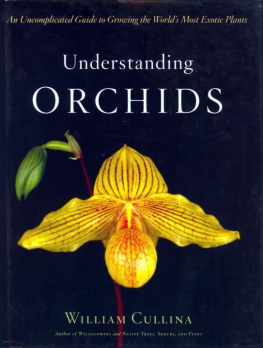
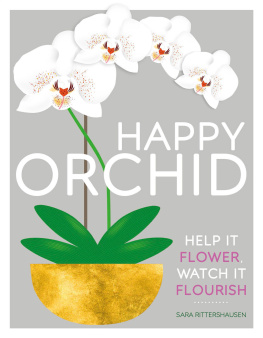




 SPECIALIST NURSERIES Orchid nurseries often specialize in certain types of orchids.
SPECIALIST NURSERIES Orchid nurseries often specialize in certain types of orchids.  Dendrobium draconsis belongs to a large and varied genus of orchids.
Dendrobium draconsis belongs to a large and varied genus of orchids. Thunia Gattonense, a well-established epiphytic orchid, has beautiful foliage as well as large and distinctive flowers in summer.
Thunia Gattonense, a well-established epiphytic orchid, has beautiful foliage as well as large and distinctive flowers in summer.